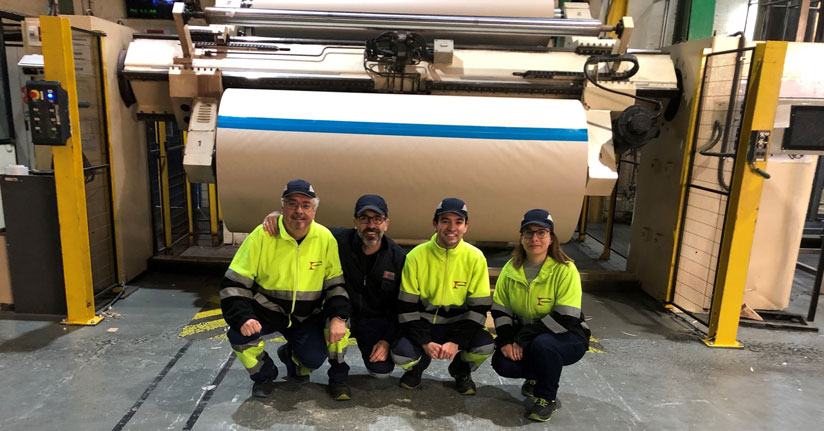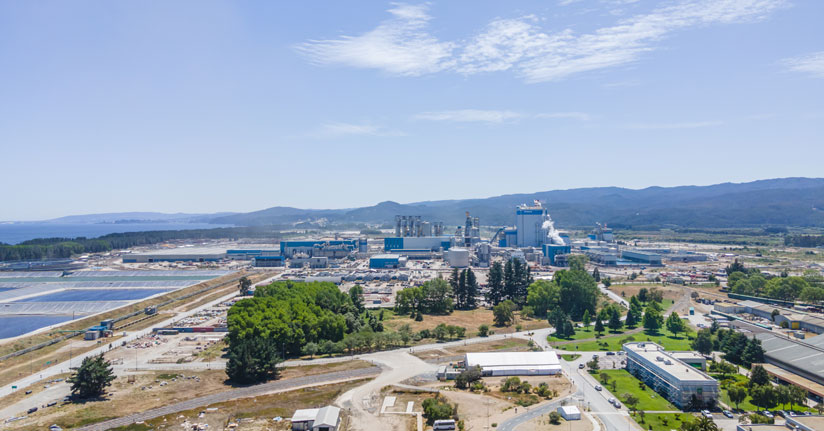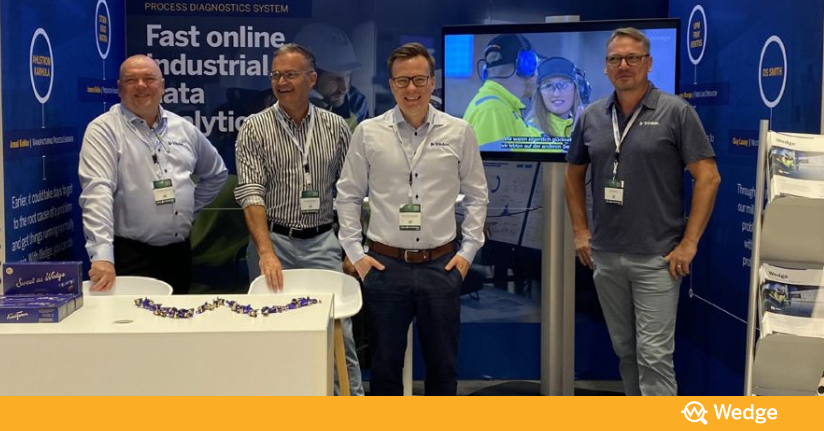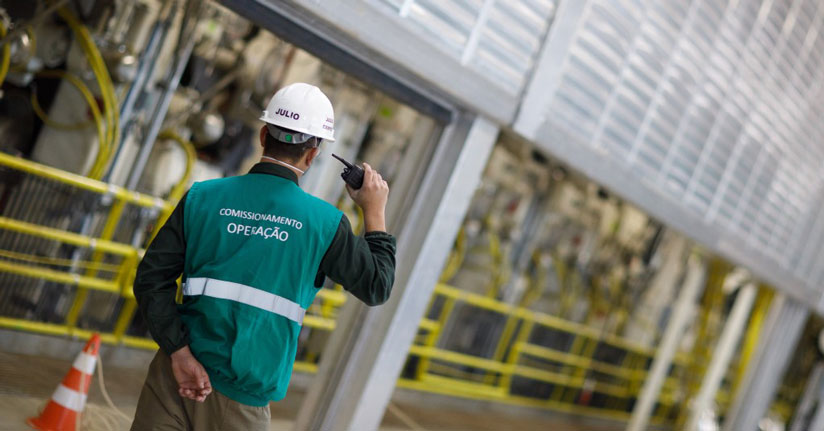What I talk about when I talk about data analysis

Inspired by a book by Haruki Murakami, the title sums up well what often plagues the data analysis debate: we often find ourselves discussing disparate concepts. Some view data analysis…
Formica expands its Wedge use to Spain

Formica’s factory in Valencia, Spain, has taken a major step towards full digitalization by acquiring Trimble’s process analytics tool, Wedge. Formica’s mill in Finland has used Wedge since 2023, and…
Wedge improves the use of process data in Europe’s largest nuclear power plant

The Olkiluoto 3 nuclear power plant by Teollisuuden Voima Oyj is the largest electricity generating unit in Europe. It is also the first nuclear power plant to have acquired Wedge….
Wedge User Days are now part of the Trimble Forestry User Conference

The traditional Wedge User Days will now be held for the first time as part of the Trimble Forestry User Conference. For Wedge users, there is a dedicated track called…
Major pulp producers in Latin America have high expectations for their process data analysis

As of 2022, Brazil has been the world’s largest producer of pulp, and the industry continues to grow. Pulp is also the main export product of Brazil, with an annual…
Arauco expands its Wedge use in Chile

Global forest company Arauco strives for sustainable solutions and excellent energy efficiency in its operations. Arauco’s new production line in Chile is the newest line to implement this objective. The…
Let’s meet in 2024!

2024 will be a busy year for events. We hope to see you at least at one of these events: IMPS | Munich, Germany | March 19-21 Pulp and Beyond…
Klabin expands its Wedge use to a new production line in Brazil

Klabin, Brazil’s largest producer and exporter of packaging paper and sustainable solutions in paper packaging, expanded its Puma Unit in Ortigueira, Paraná. This expansion, called the Puma II Project, includes…
Unleash the power of curiosity: The critical ingredient in data analytics success

In the data-driven world, discussions focus on technology and buzzwords. However, it’s easy to lose sight of the unsung hero that distinguishes true leaders: curiosity. Curiosity: Your gateway to data…
Wedge expands its language portfolio

We are thrilled to announce that two new language versions of Wedge have been released this autumn! Joining the linguistic lineup are Italian and Norwegian, making Wedge even more accessible…